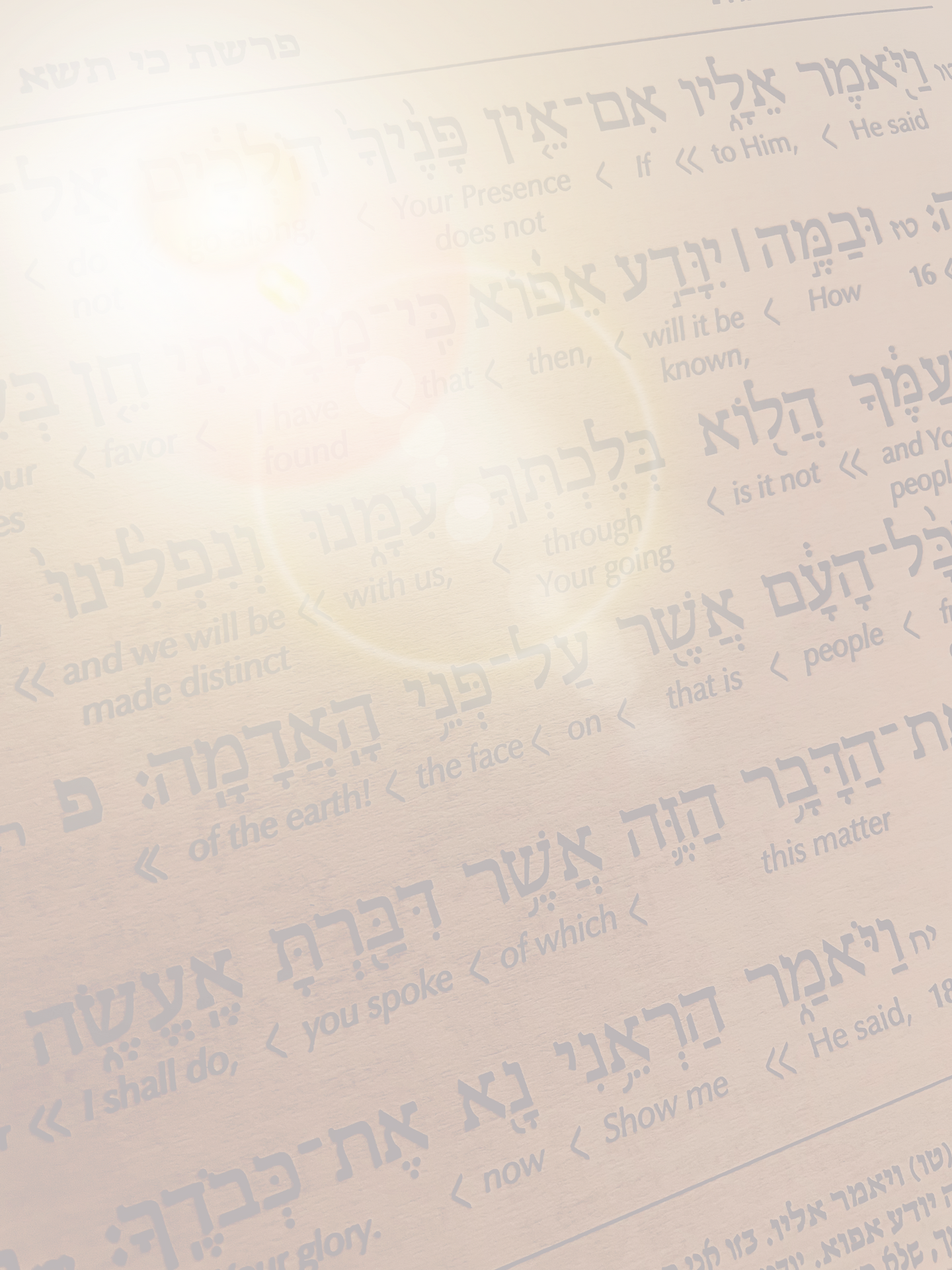

About the Course
MATH ELECTIVE
This course offers a comprehensive study of pre-calculus mathematics with a Waldorf-inspired approach, integrating experiential learning, creativity, and an appreciation for the elegance and practicality of mathematics. It provides students with a strong foundation in mathematical concepts and prepares them for advanced mathematics.
First Semester
Weeks 1–2: Introduction to Functions
Topics: Definition of functions, domain and range, evaluating functions.
Activities:
Explore function notation f(x)f(x)f(x), and identify domains/ranges.
Introduce linear and quadratic functions.
Talmudic Application: Calculate the halachic hours (sha'ot zmaniyot) for a given day length.
Assessment: Short quiz on function notation and basic graphing.
Weeks 3–4: Linear and Quadratic Functions
Topics: Linear functions (slope-intercept form, point-slope form), quadratic functions (standard form, vertex form).
Activities:
Graph linear and quadratic functions and find roots, intercepts, and vertices.
Solve quadratic equations by factoring, completing the square, and using the quadratic formula.
Finance Application: Model cost-revenue functions to find break-even points.
Assessment: Problem set involving graphing and solving quadratic functions.
Weeks 5–6: Transformations of Functions
Topics: Translations, reflections, scalings of linear and quadratic functions.
Activities:
Explore transformations: vertical/horizontal shifts, stretching/compressing, and reflecting graphs.
Talmudic Application: Adjust halachic time calculations for seasonal changes (e.g., adjusting sunrise and sunset).
Assessment: Practice problems on transformations.
Weeks 7–8: Polynomial Functions
Topics: Polynomial functions, end behavior, finding zeros, synthetic division.
Activities:
Graph polynomial functions, and analyze their behavior based on the degree and leading coefficient.
Find and factor roots of polynomial functions using synthetic division and the Rational Root Theorem.
Assessment: Problem set on polynomial functions.
Weeks 9–10: Introduction to Trigonometry
Topics: Unit circle, radian measure, sine and cosine functions.
Activities:
Explore the unit circle, and convert between degrees and radians.
Learn to calculate sine and cosine values for key angles.
Talmudic Application: Use the unit circle to calculate lunar cycles and molad (new moon) for Jewish months.
Assessment: Short quiz on the unit circle and radian measure.
Weeks 11–12: Trigonometric Functions and Graphs
Topics: Graphing sine and cosine functions, amplitude, period, and phase shifts.
Activities:
Graph transformations of sine and cosine functions, and adjust amplitude, period, and phase shifts.
Finance Application: Use sinusoidal functions to model periodic business or market trends.
Assessment: Problem set on graphing trigonometric functions.
Weeks 13–14: Trigonometric Identities
Topics: Pythagorean identity, sum and difference identities, double angle formulas.
Activities:
Prove and apply trigonometric identities.
Solve trigonometric equations using identities.
Assessment: Midterm exam covering functions, polynomials, and basic trigonometry.
Weeks 15–16: Exponential Functions
Topics: Exponential growth and decay, solving exponential equations.
Activities:
Explore exponential functions and applications such as population growth, decay, and half-life.
Finance Application: Model compound interest and growth using exponential functions.
Assessment: Problem set on exponential functions and their applications.
Weeks 17–18: Logarithmic Functions
Topics: Logarithmic properties, solving logarithmic equations.
Activities:
Explore logarithms as inverses of exponential functions.
Solve logarithmic equations and apply logarithmic properties.
Finance Application: Use logarithms to solve for time in compound interest formulas.
Assessment: Practice problems on solving logarithmic equations.
Weeks 19–20: Review and Final Exam
Activities:
Comprehensive review of all topics covered in the first semester.
Assessment: First-semester final exam.
Second Semester
Weeks 21–22: Introduction to Complex Numbers
Topics: Complex numbers, imaginary unit iii, adding, subtracting, and multiplying complex numbers.
Activities:
Explore the algebra of complex numbers and solve equations with imaginary solutions.
Talmudic Application: Apply complex numbers to model abstract halachic structures.
Assessment: Short quiz on basic operations with complex numbers.
Weeks 23–24: Complex Numbers in Polar Form
Topics: Converting between rectangular and polar form, modulus, and argument of complex numbers.
Activities:
Convert complex numbers from rectangular to polar form.
Explore modulus and argument and their geometric interpretations.
Assessment: Problem set on polar form of complex numbers.
Weeks 25–26: Sequences and Series – Arithmetic
Topics: Arithmetic sequences and series, sum of an arithmetic series.
Activities:
Derive the formulas for the nth term and the sum of an arithmetic sequence.
Talmudic Application: Apply arithmetic sequences to the Omer count or other time-based Jewish cycles.
Assessment: Problem set on arithmetic sequences and series.
Weeks 27–28: Sequences and Series – Geometric
Topics: Geometric sequences and series, sum of an infinite geometric series.
Activities:
Explore the formulas for geometric sequences and series, including applications in finance.
Finance Application: Use geometric series to calculate the present value of an annuity.
Assessment: Practice problems on geometric sequences and series.
Weeks 29–30: Vectors – Basic Operations
Topics: Vector addition, scalar multiplication, magnitude, and direction.
Activities:
Perform vector operations and explore the geometric interpretation of vectors.
Talmudic Application: Use vectors to model directional problems in halachic structures (e.g., eruv boundaries).
Assessment: Problem set on vector operations.
Weeks 31–32: Vectors – Dot Product and Cross Product
Topics: Dot product, cross product, applications of vectors in geometry.
Activities:
Calculate the dot product and cross product of vectors.
Apply vectors to solve geometric problems.
Assessment: Problem set on the dot product and cross product.
Weeks 33–34: Matrices and Systems of Equations
Topics: Matrix operations, solving systems of equations using matrices, Gaussian elimination.
Activities:
Perform matrix operations and solve systems of linear equations using Gaussian elimination and matrix inverses.
Finance Application: Apply matrix methods to optimize financial portfolios.
Assessment: Problem set on matrices and systems of equations.
Weeks 35–36: Limits and Continuity
Topics: Definition of limits, calculating limits, continuity.
Activities:
Explore limits and continuity of functions.
Talmudic Application: Apply the concept of limits to halachic boundary problems (e.g., determining forbidden actions as limits are approached).
Assessment: Practice problems on limits and continuity.
Weeks 37–38: Review and Begin Culminating Project
Activities:
Review all topics from the second semester.
Begin independent or group projects applying pre-calculus concepts to a real-world problem.
Weeks 39–40: Culminating Project and Final Exam
Activities:
Complete the final project and present findings.
Assessment: Second-semester final exam and culminating project presentations.


